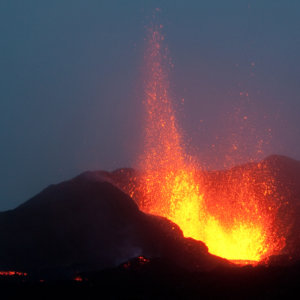Reimagining Customer Service at KLM Using Facebook and Twitter
Communication with customers through social media instead of by phone is becoming standard at global airline KLM.
Topics
Social Business
It’s probably fair to say that most air travelers had never heard of Eyjafjallajökull before it sent the global air travel industry into a tailspin. Eruptions of the Icelandic volcano in the spring of 2010 shut down air travel across western and northern Europe, completely grounding all flights for days and affecting service for weeks after.
Ground zero for the event was Iceland itself. And that put the Netherlands’ main airline, KLM, near the center of the challenge.
Martijn van der Zee, senior vice president of Air France–KLM for e-commerce, says that the volcano pushed KLM into new experiments with how it communicated with customers through social media. During the initial days and in the weeks afterwards, huge waves of customers began communicating with the company through Facebook and Twitter.
“That was the only way people could get through to us,” says van der Zee. The company, in turn, communicated back through social media.
In a conversation with Gerald C. (Jerry) Kane, an associate professor of information systems at the Carroll School of Management at Boston College and guest editor for MIT Sloan Management Review’s Social Business Big Idea Initiative, van der Zee explains how the company took what it learned during those weeks and rolled it out months later. He also explains why Brazilian fans account for over 15% of the company’s Facebook audience and how the company is gearing up to promise a 30-minute customer-response time via Twitter and Facebook by this summer.
As I understand it, your company KLM got thrown into the social media world in a big way when the Icelandic volcano interrupted global air travel in 2010.
We’ve been in a kind of rollercoaster the last three and a half years. The starting point was that ash cloud — the moment when the Icelandic volcano stopped us from flying for four days. And it wasn’t only us, but all major U.S. and European carriers across the Atlantic.
It was a very big problem for many people during those four days, but the real issues for us started when we were allowed to fly again, which was on days five, six, and seven.



Comment (1)
oluwagbemi Lesi